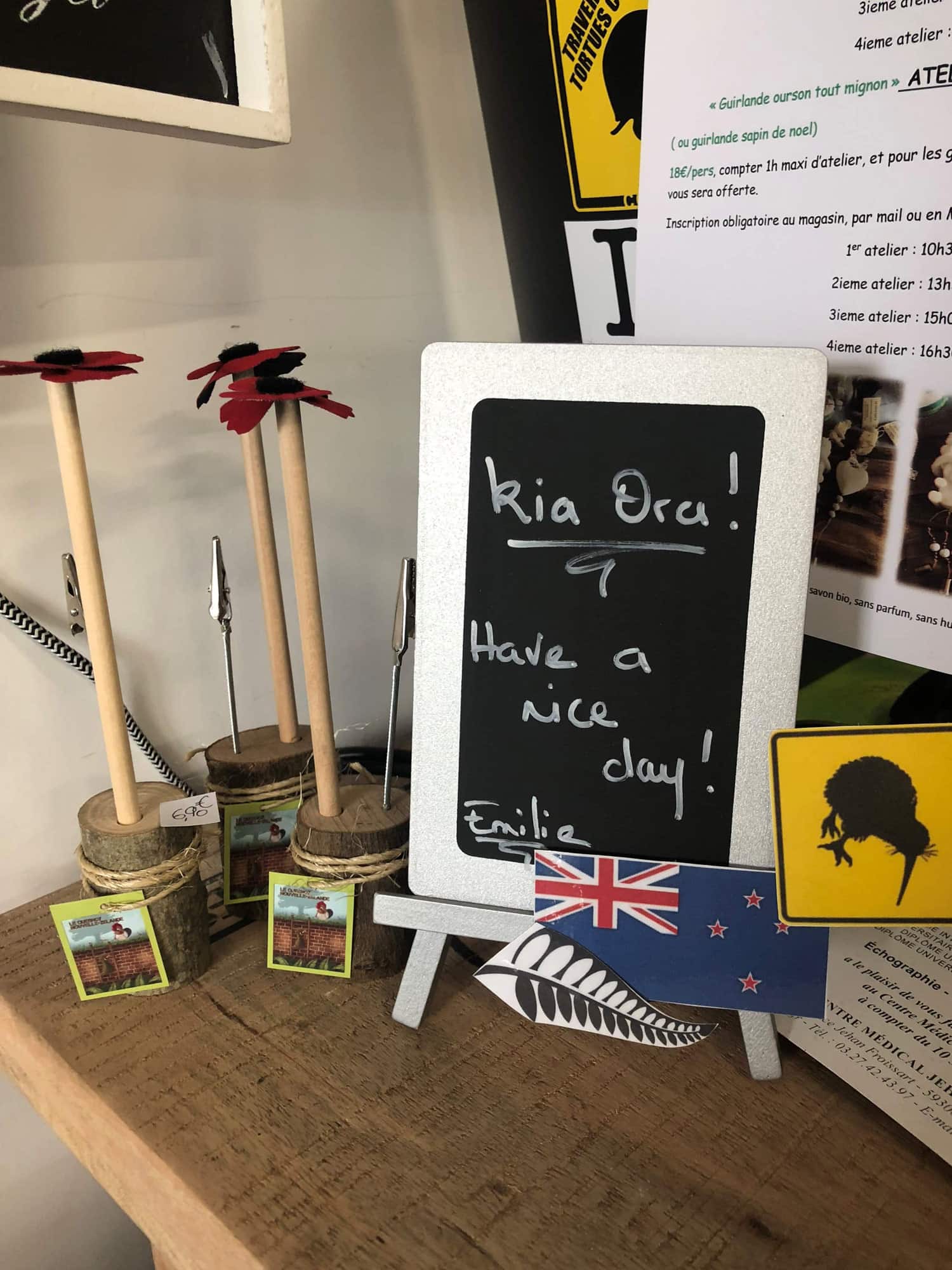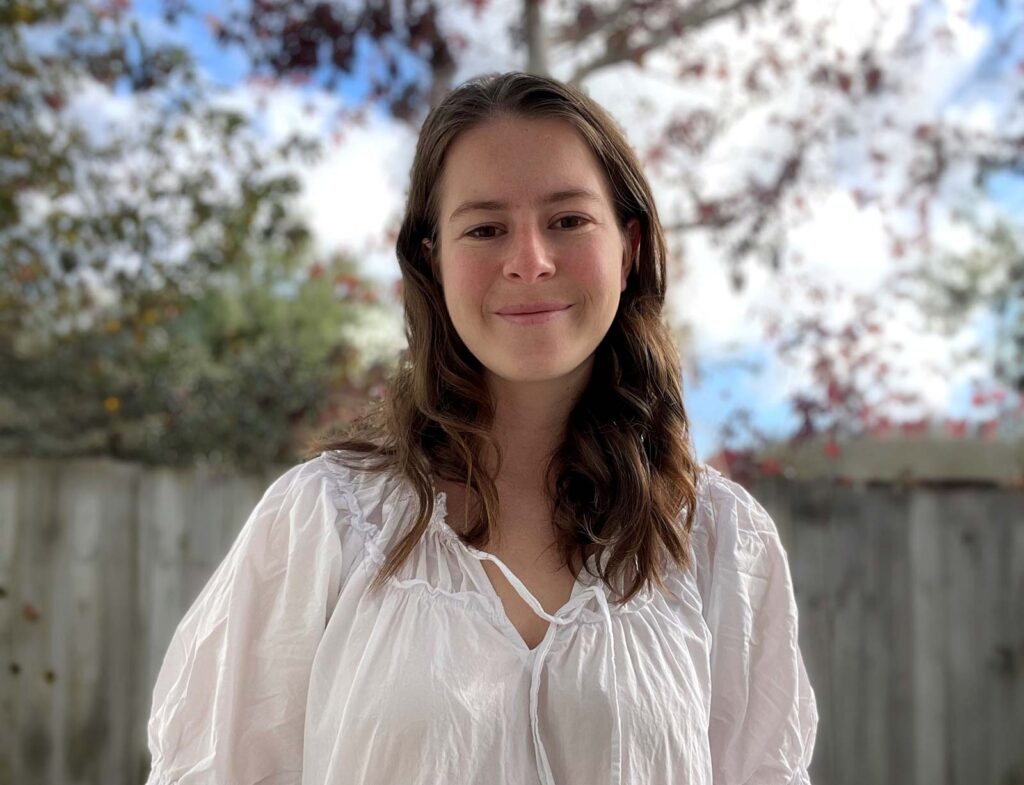While travelling in Northern France, 23-year-old Felicity Wilson visited the small town of Le Quesnoy, a place she would later discover has an emotional connection for her family. In the first of a series of articles, she meets the locals and explores the town that was liberated by New Zealand soldiers on November 4, 1918.
Like many Kiwis of my age, I ventured off on my OE in 2022. But before heading home earlier this year, I spent many brisk winter days retracing the footsteps of Kiwi soldiers through the rolling hills of Northern France and visiting the places where the memories of these fallen soldiers now rest.
Visiting these incredibly poignant places, which, as I found out, have an intense emotional impact on you, was a suggestion made by my Great Uncle Richard. I can’t thank him enough. He also mentioned a place called Le Quesnoy as a must visit.
When I arrived in this beautifully sleepy town in north-east France, just two hours from Paris, I immediately felt a sense of warmth from the locals. The streets were lined with the intertwining flags of both France and New Zealand, and signs declared “all Kiwis welcome here”. It felt like home.

The town is home to a very special project, the New Zealand Liberation Museum – Te Arawhata which is the first memorial museum in Europe for Kiwi soldiers who died on the continent during World War One. The museum commemorates, and tells the heroic story, of the triumph of Kiwi soldiers who liberated the people of Le Quesnoy on November 4, 1918, after four years of German occupation.
During my time in Le Quesnoy I got to meet some of the passionate people behind the project, learn more about the town’s history, and gain a deep appreciation of the significance the museum has for preserving meaningful memories for both New Zealand, France, and the people of the town.
On November 4, before attending an official remembrance ceremony, a friend and I drove around some of the local cemeteries. We were looking for one name in particular, a fallen soldier who my friend had been named after, but who had died making his way to Le Quesnoy.
Gazing out across the rows of white crosses symbolising young lives lost, the overwhelming truth struck me – I get to go home.
During the ceremony we walked with the Mayor to the Le Quesnoy Memorial on a path illuminated by soft candlelight. I sang the New Zealand national anthem with immense pride. At the town hall, children shared the powerful story of the liberation and how Kiwi soldiers used a single ladder from a local orchard to scale the walls – an approach that helped to ensure no civilian lives were lost.
We joined a walking tour along the route taken by soldiers as they made their way to Le Quesnoy, where we all witnessed war-damaged buildings, vast cemeteries, and an unforgiving landscape that revealed the harsh realities of war and the courage of the people who fought and lived there. Our tour guide, a former mayor of a neighbouring town, told us stories of friendship, bravery, and her hope for a future free of war. It inspired much self-reflection.
My final destination on that November day was a visit to the remarkable museum site which evoked a profound sense of pride and connection. For me, this beautiful building serves as a place to honour and remember those who fought for the lives we lead today.
Photo: Felicity in Bosnia as part of her travels
